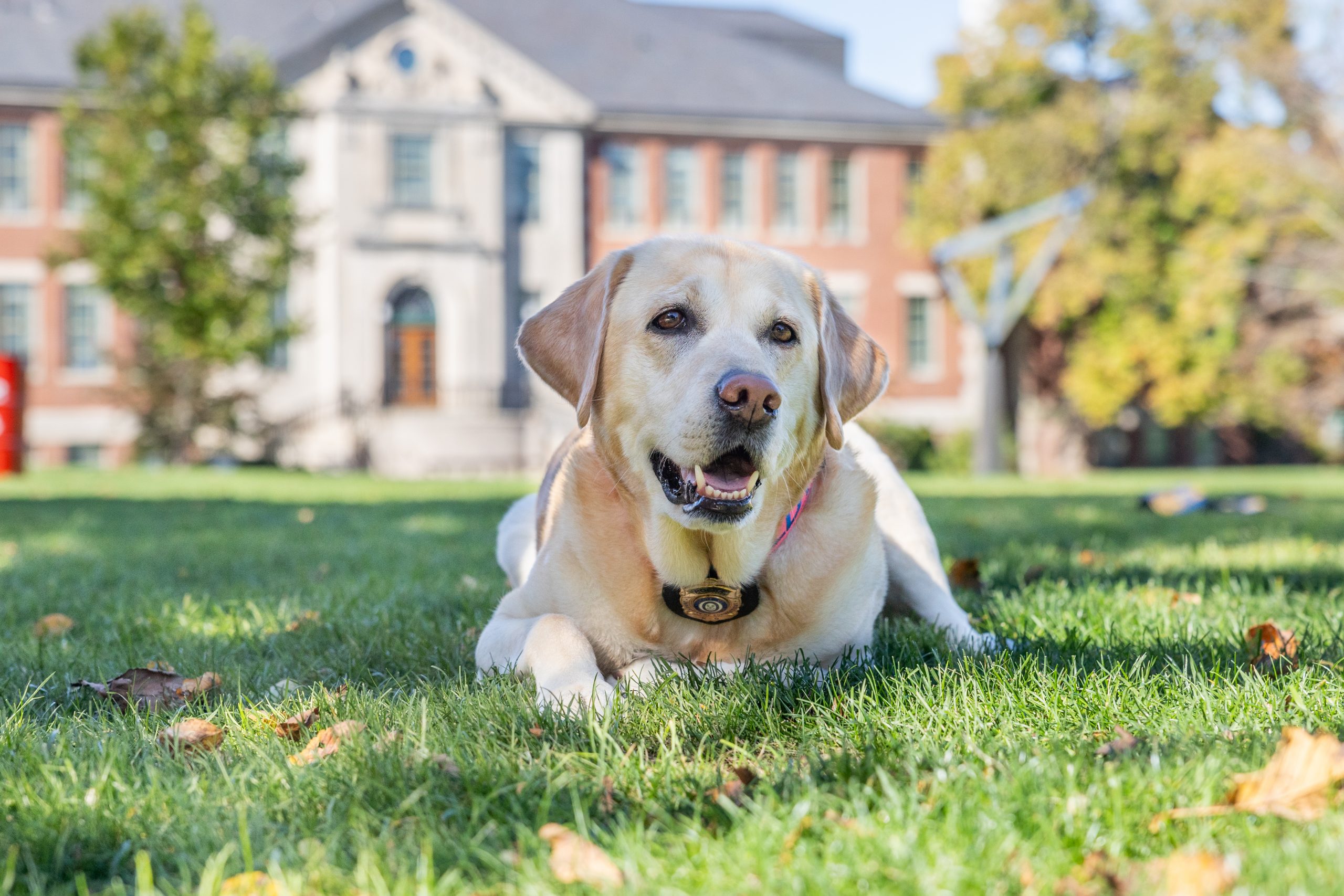
For undergraduate students, the opportunity to conduct meaningful real-world research is a coveted one. Add an international element and you have the makings of a truly exciting and rare educational enrichment experience. That’s just the sort of opportunity that 18 fortunate students – six each year over the course of three years – will enjoy as part of a National Science Foundation-sponsored Research Experience for Undergraduates (REU) program that will commence in May 2010.
Richard Christenson, an assistant professor of civil and environmental engineering, has received funding to support a new international program in undergraduate research in the area of “smart structures.” A smart structure is any structure that can sense its environment and react automatically to provide increased safety and resilience.
The program is being offered in collaboration with the Korea Advanced Institute of Science & Technology (KAIST).
This 10-week REU program will establish a “Smart Structures Undergraduate Research Collaboratory” where students at the University of Akron, University of South Carolina, and UConn will partner with KAIST to gain access to world-class facilities in smart structures.

Christenson says the goal of the program is two-fold: to introduce students to research, and to provide the students an international experience. During previous summers, he traveled to Thailand and Japan with a team of undergraduate and graduate students to examine the impact of seismic events on building structures and to explore methods for reducing structural damage.
“That was a very positive experience for me and for the students,” he says. “The REU program builds on that effort and gives more students an opportunity to see what research is like, and gain the unique experience of being immersed in a different culture.”
Christenson notes that for some of the students on his previous trips, it was the first time they had traveled outside the U.S.
“A big aspect [of the program] is getting students out of Connecticut and seeing what is out there,” he says.
“One of the neat things about this program is you travel to a foreign country as more than a tourist; you live among the residents and conduct research in a lab as one of the lab members,” Christenson adds. “The students will be immersed in the culture and live as close to the Korean lifestyle as is possible for a foreigner.”
The research element of the program will be varied, and current with what KAIST researchers are working on.
One likely subject area, bridge monitoring, is a particular focus of Christenson’s research. In Connecticut, he has monitored bridges for several years to detect and track damage and wear. In Korea, he and his students hope to become involved in research involving recently decommissioned bridges that are scheduled to undergo damage testing. KAIST researchers plan to inflict damage on these bridges and examine the performance of various sensors in locating and gauging the magnitude of the damage. The work will have direct applications in the U.S., as well.
Although he has personal interest in the specific projects that are likely to be explored, Christenson is most enthusiastic about exposing undergraduate students to the general field of smart structures.
“Smart structures excite people who are interested in cross-disciplinary studies,” he says. “One benefit of this project is that it will expose undergraduate students to interdisciplinary work at the interface of structural, mechanical, and electrical engineering. I think this can excite a broad range of students and get them interested in the potential for continued research in smart structures.”
Christenson is now recruiting interested students for this fully-funded international research experience. All associated travel, food, and lodging expenses will be covered by the NSF grant, and participants will also receive a stipend for their work when they return.
Interested undergraduates may learn more, and apply for the program, by contacting Christenson at rchriste@engr.uconn.edu.


